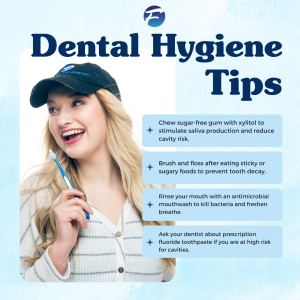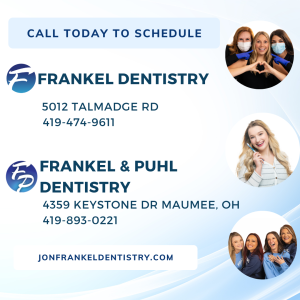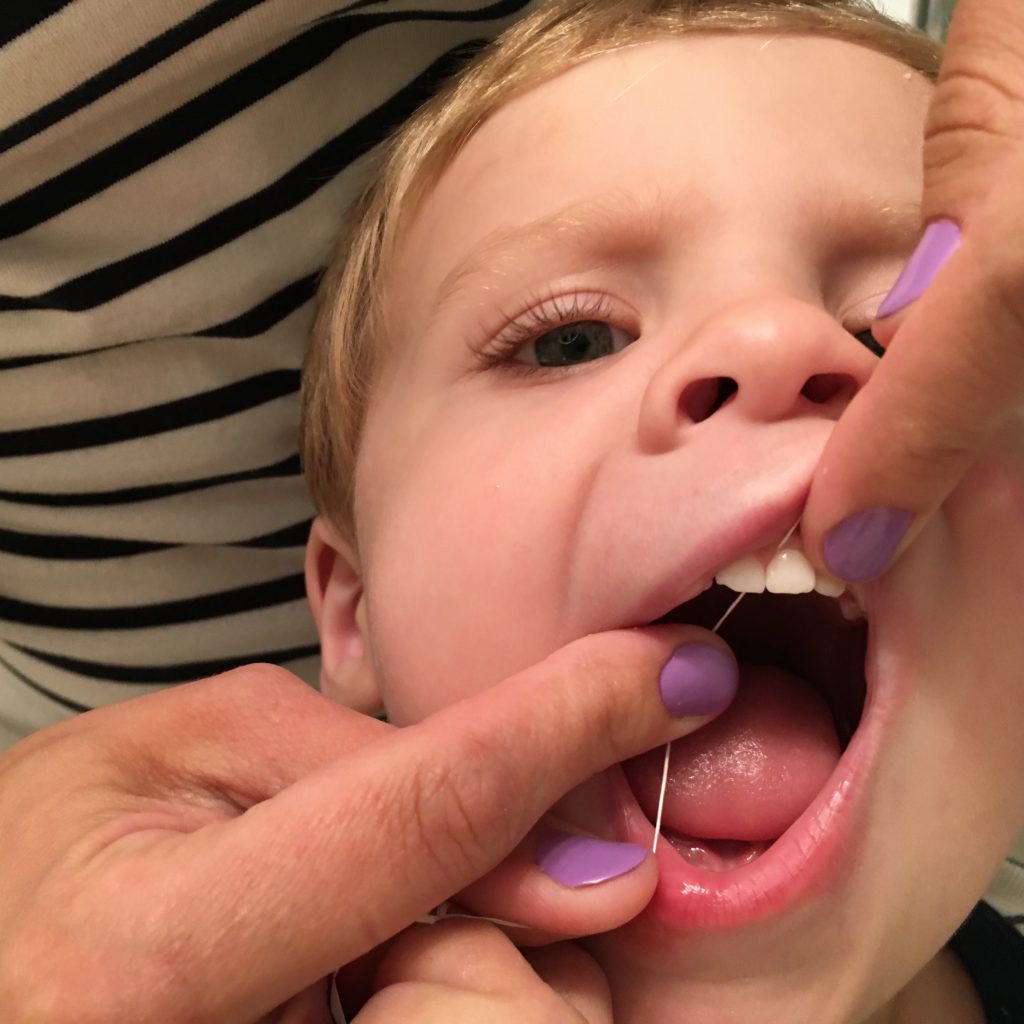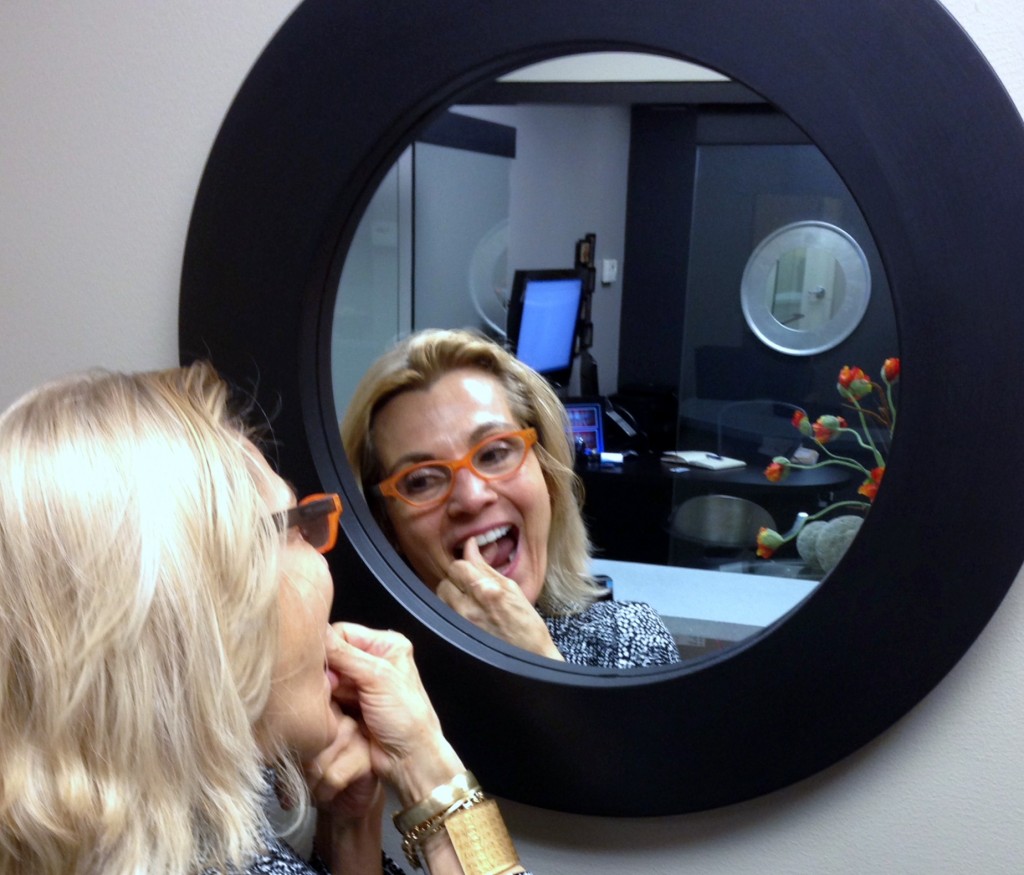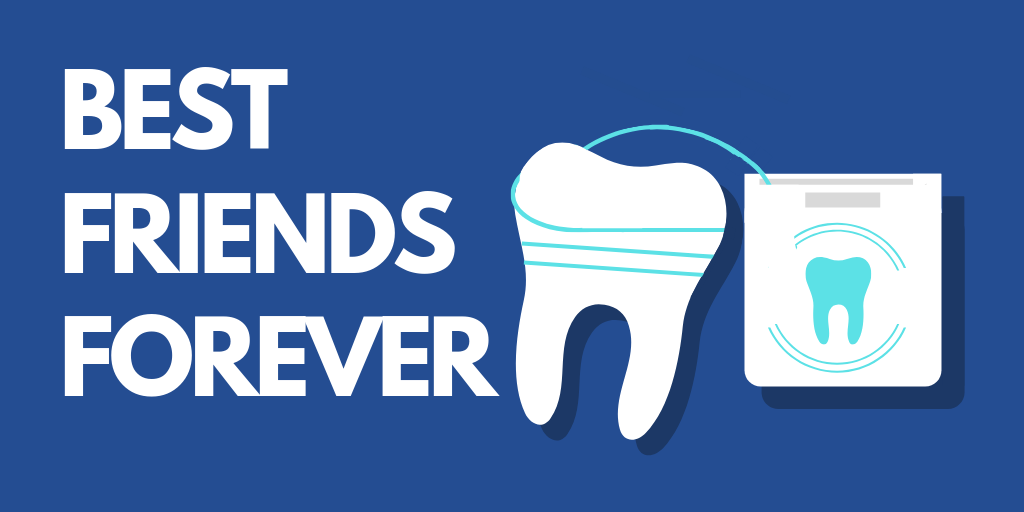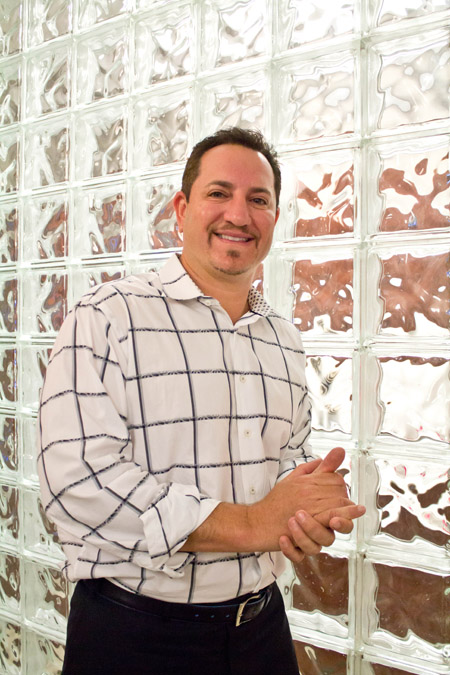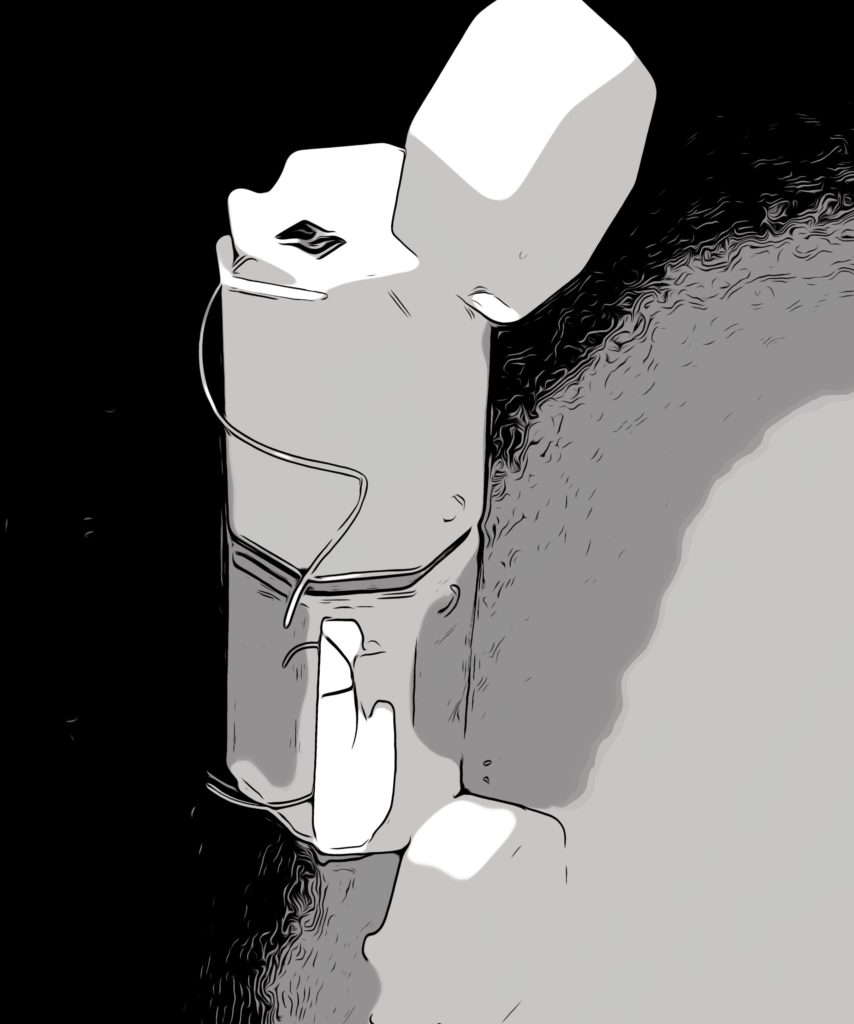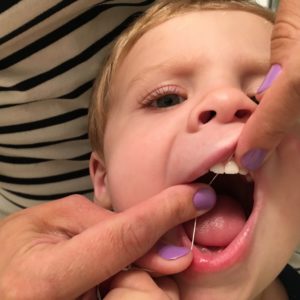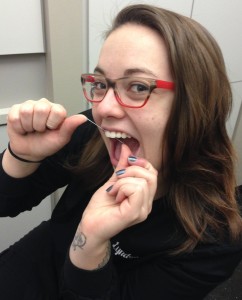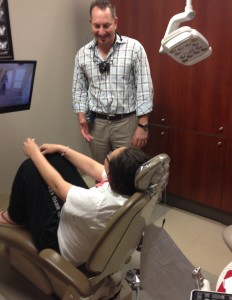January is always filled with new goals, professional, wellness, familial and more. While many resolutions focus on physical fitness or personal growth, let’s not overlook the importance of prioritizing our oral health. As we always say, a healthy mouth promotes a healthy body! Frankel Dentistry encourages you to make a commitment to your smile and oral health this January and beyond.
Maintaining good oral health goes beyond just brushing and flossing! It plays a crucial role in your overall health and quality of life. Poor oral hygiene can lead to various dental issues, including cavities, gum disease, diabetes, stroke, and other cardiovascular issues. By prioritizing your oral health, you’re investing in overall wellness..
Why should oral care be a priority?
Preventive Care Saves Money and Pain:
Regular dental check-ups and cleanings can help identify and address dental issues early on, saving you from costly and painful treatments in the long run.
Boost Your Confidence:
A healthy and radiant smile can significantly boost your self-esteem and confidence. Start the year with a commitment to achieving and maintaining that confident smile. Are you or someone you know looking for restorative or cosmetic care? Frankel Dentistry is here to help you fall in love with your smile again.
Overall Health Benefits: Studies have shown a strong connection between oral health and overall health. By taking care of your teeth and gums, you’re contributing to a healthier body. Did you know individuals with Periodontal Disease are twice as likely to have heart disease.
Tips for Prioritizing Your Oral Health in 2024:
Schedule Regular Dental Check-ups:
Make it a habit to visit Frankel Dentistry for regular check-ups and cleanings. We recommend at least two visits a year! Our comprehensive exams and cancer screenings are efforts to identify any dental issues early on.
Maintain a Consistent Oral Care Routine:
Brushing twice a day, flossing, and using mouthwash are simple yet effective habits that can go a long way in preserving your oral health. We also suggest tongue scraping and changing out your toothbrush head every three months.
Watch Your Diet:
Limit sugary and acidic foods, as they can contribute to tooth decay. Instead, focus on a balanced diet that promotes overall health. Still want some fun drinks? Black coffee, unsweetened tea, and water.
Quit Smoking:
If you smoke, consider quitting. Smoking not only stains your teeth but also increases the risk of gum disease and oral cancer.
This January, make a resolution to prioritize your oral health with Frankel Dentistry. A commitment to regular check-ups, a consistent oral care routine, and healthy habits can lead to a happier, healthier smile in 2024 and beyond. Your future self will thank you for the investment in a confident and vibrant oral health journey.

